The Rhode Island Reds are a popular choice for those looking for a backyard chicken. This breed originated in Rhode Island and was first introduced to the public in 1874.
This is one of the most common chicken breeds in the United States.
They are known for their hardiness, egg-laying ability, and meat production. In this article, we will discuss all you need to know about the Rhode Island Reds.
Rhode Island Red chickens are recognized by the American Poultry Association.
The History of Rhode Island Reds
Rhode Island Red chickens are an American Standard of Perfection poultry breed. It was developed in the 19th century in Massachusetts and Rhode Island.
The original birds were a cross between the Malay and Shanghais chicken breeds. The Rhode Island Red is a dual-purpose bird, meaning it can be used for both egg production and meat production.
Fun Fact: The Rhode island reds are the Rhode Islands’ State bird.
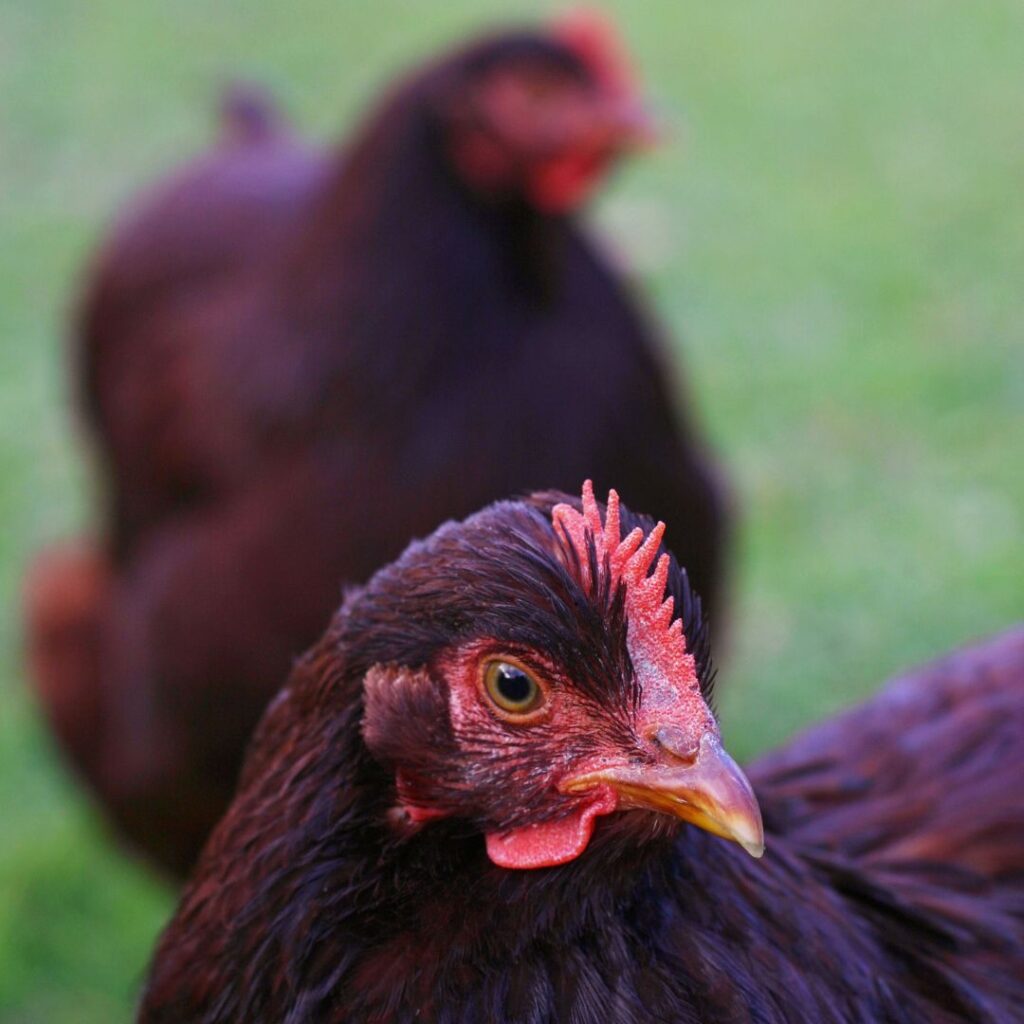
Rhode Island Red: Breed Standard and Appearance
The Rhode Island Red is a large chicken, with roosters weighing up to 8-10 pounds and hens 6-7 pounds. They have rich mahogany red feathers, with some white on their underparts. Occasionally there’s a black feather or two mixed in there.
Rhode Island Reds; Appearance of Baby Chicks
Baby chicks are a light mahogany color (reddish brown) and yellow down.
Purpose of this Breed
This breed’s origin was to be a chicken for meat and eggs. While they are still a great dual-purpose bird, their reputation is for their egg-laying qualities.
Rhode Island Red Egg Production
The Rhode Island Red is an excellent egg layer, averaging 250-280 large light brown to darker brown eggs per year.
If you decide to try the Rhode island red Heritage birds you’ll find they lay fewer eggs. The ‘standard’ Rhode island reds were bred as a production bird.
Heritage chickens are still available today at many hatcheries.
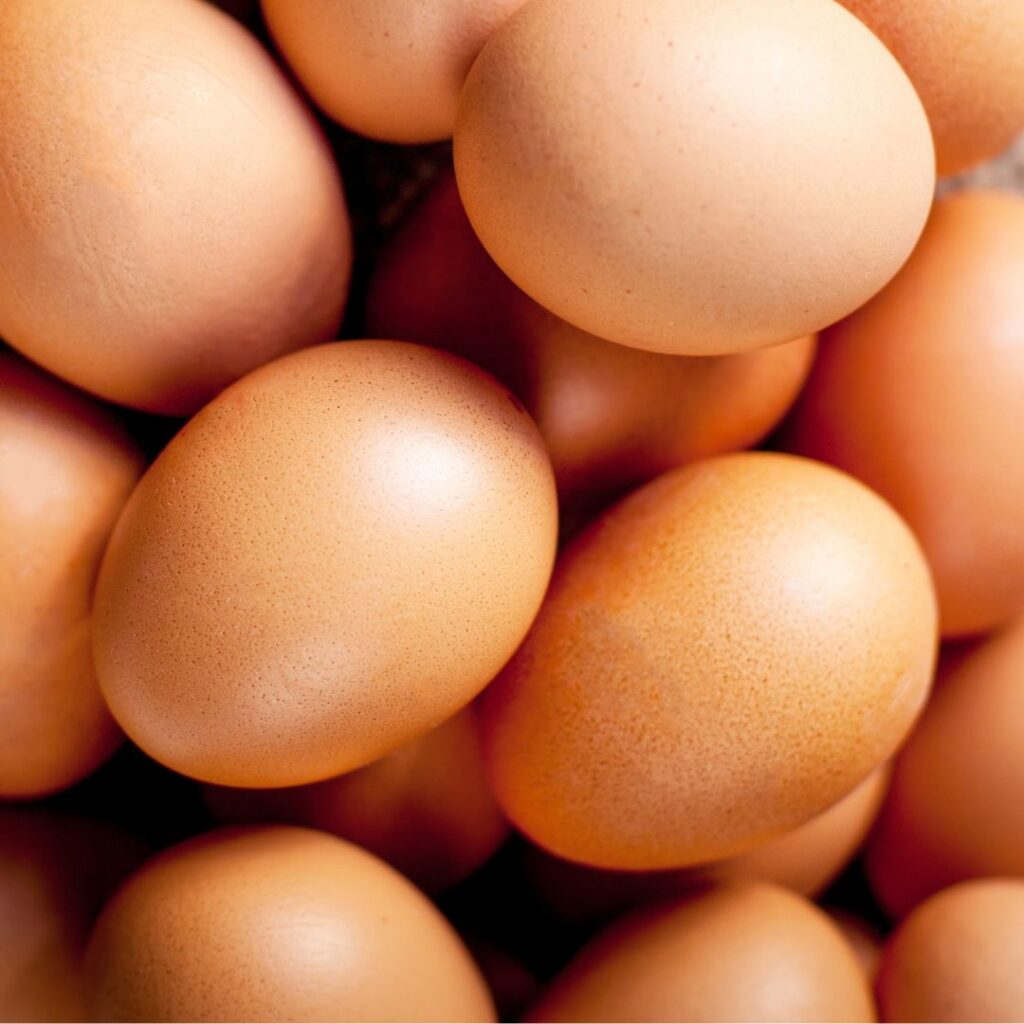
Meat Bird
While the Rhode Island Red is mainly used for egg production, it can also be used as meat birds. Because of their large size, they provide a good amount of meat.
Temperament and Disposition of Rhode Island Reds
The Rhode Island Red is an active bird and does well in free-range conditions.
Hens are typically calm and docile, enjoying the company of people and chickens. They are also friendly birds. Because the roosters are territorial, they can be aggressive.
They can be a more curious, outgoing bird and because of this, they can be higher in the pecking order and may pick on more docile birds like a Cochin or Orpington. Always take into consideration the breed personalities of your different breeds when mixing your backyard flocks.
As with all feathered friends, the best way is to hand-fed them for the first couple of months. As they get used to your presence they will be less fearful of you. They are not as friendly as other feathered friends, but they will tolerate your presence and are usually a very calm and patient pets.
Noise
When hens lay eggs, they cluck, a LOT and make a bit of a racket. Because they’re a busy laying hen you’ll hear noise levels peak at egg laying times of the day.
Aside from early day egg laying times they’re still a talkative bunch and will raise their levels of conversation to alert one another to predators, and even visitors to your yard.
If you like to sleep in, you may want to locate your coop a distance from your bedroom window. Neighbors need to be taken into consideration here too.
If you have a close neighborhood and people who tend to be a little less country and a little more rock n roll (late sleepers), you should probably chat with them first before acquiring a whole flock of Rhode Island Reds.
The Chicken Coop of Rhode Island Red Chickens
- Space Needs: Approximately four – six square feet per bird inside the coop, and ten to fifteen square feet per bird in an outdoor run.
- Coop Requirements: Chicken coops should be well-ventilated with windows and a door for easy cleaning.
- Perch Requirements: Each chicken needs about eight to twelve inches of perching space.
- Nesting boxes: Nesting Box Requirements One nesting box is required for every four hens. These should be the standard 12×12 size.
- Feeders and Waterers: These should be large enough to accommodate the number of chickens you have in your flock. Food and water should always be fresh and clean every day.
The Chicken Run
- Space: Run space should be a minimum of ten to fifteen square feet per bird.
- Shelter from the elements should be provided. A simple tarp or shade cloth in the summer and a lean-to or tented area to shelter from snow and rain in the winter.
- Fencing height: The run should be enclosed with chicken wire or another type of fencing to keep predators out and chickens in. The chicken runs should be escape-proof, with no gaps in the fencing.
- Predators: Chicken runs should be protected from common predators such as raccoons, skunks, hawks, and owls.
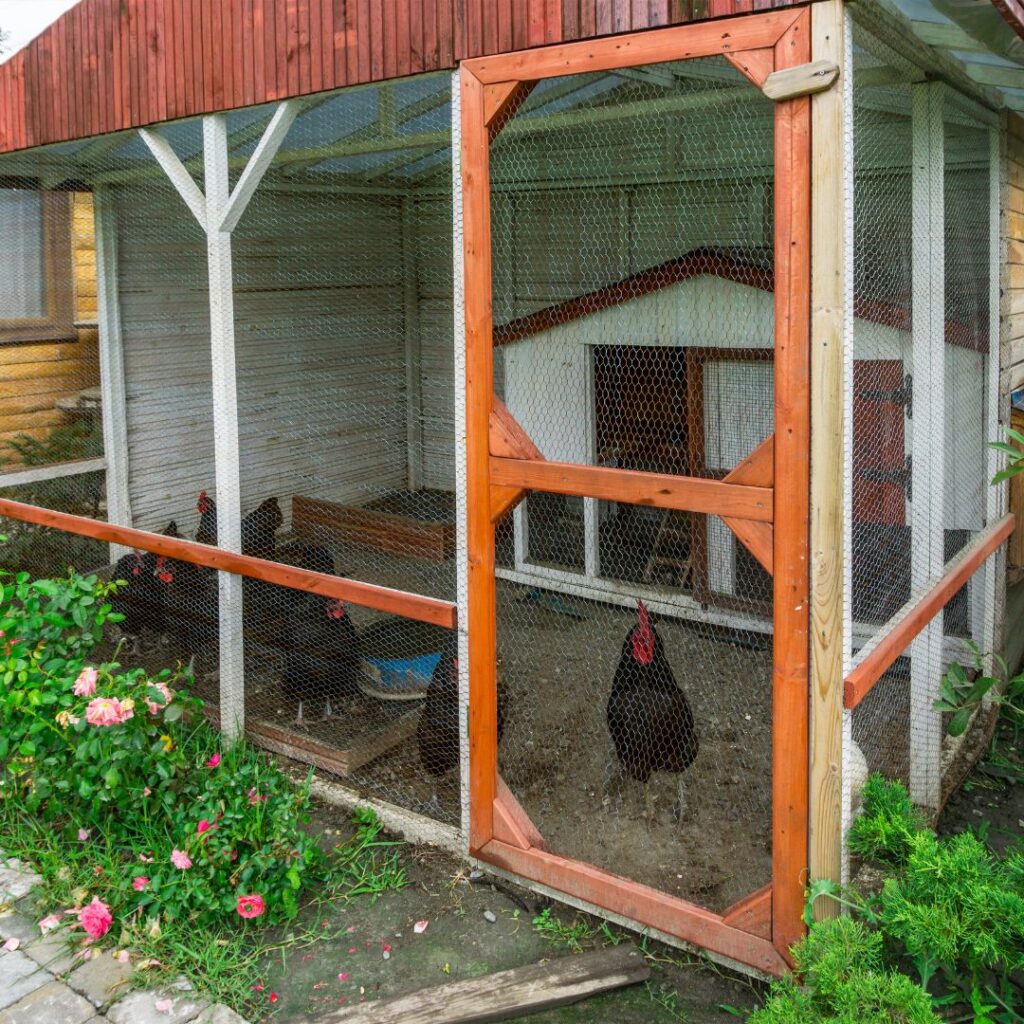
Free-Range and Foraging
Rhode Island Reds are an active bird and does well in free-range conditions. They are known for being good foragers and do well with having plenty of space to roam.
When letting your chickens out to free range, make sure they have a safe place to go back to at night, such as their coop or chicken run.
Cold-Hardy
The Rhode Island Red chicken is a cold-hardy bird and can withstand colder temperatures than other chicken breeds.
- Coop Prep for winter weather: If you live in an area with cold winters, take steps to prepare your chicken coop for the weather. Make sure the chicken coop is well-ventilated to reduce moisture and has plenty of bedding to keep the chickens warm. Check for any areas that require patching up before winter starts, preventing cold windy drafts.
- Waterers for chickens in winter need to be changed much more frequently as the temperatures will freeze the water. As an option, you could purchase a heated waterer or bowl warmer. This would require a safe power source for your coop.
- Treats in the winter can include a pot filled with warm chunky applesauce and oatmeal.
- Frostbite is a huge problem for chickens, it can be painful and lead to severe health issues, even the loss of your chicken. Use care in preparing the coop for the best chances of preventing this. Also, combs and wattles can be given a light coat of petroleum jelly or Musher’s Secret Dog Paw Wax. which is also known to be great at helping reduce the risk of frostbite.
Read all about Caring for Your Flock In the Winter Months here
Read About 18 Cold Hardy Chicken Breeds
Heat Tolerant
- Coop Prep for chickens in hot temperatures: If you live in an area with hot summers, take steps to prepare your chicken coop for the weather. Make sure the chicken coop is well-ventilated. Check for any areas that require patching up before summer starts, cutting down on flies. Clean your coop regularly. If you’re able to either leave doors open for air to flow or put up some screening in larger open areas (consider screen door or window)
- Waterers in hot weather requires frequent cool fresh water; consider adding extra waterers and putting ice cubes in to help them stay cool and fresh as cubes melt.
- Dust Baths – summers can be a peak time for mites ad lice with chickens. Ensure your flock has a proper dust bath area to prevent this problem. (see more on dust baths below)
- Treats in the heat can include frozen treats. You can freeze a bundt pan/another container with a few kitchen scraps, vegetable peels, etc.. or scratch or a combination, fill it with water, and freeze, chickens love pecking away at the frozen treat as it melts throughout the day. It helps with hydration and boredom.
Dust Bath Basics
When it comes to keeping your chickens healthy and clean, one of the most important things you can do is provide them with a dust bath. A dust bath allows your chickens to get down into the dirt and sand to clean their feathers, which helps keep them healthy and free from mites and other pests.
To create a dust bath for your chickens, you’ll need to dig a hole no less than 36″ x 36″ and 12″ deep. We suggest a kiddie pool or even constructing a section in a corner of the run area.
Next, add some fine dirt and/or contractor sand to the area, then add Diatomaceous Earth to help keep the dirt bone-dry. You can also add wood ash to the bath for added cleaning power. Be sure the wood ash isn’t from anything that had potentially toxic material burnt in it. Mix it up and add to your dust bath. Make sure to replenish the sand or dirt as needed.
All of the materials used in the dust bath should always be non-toxic products.
Our hens have a tendency also to dig holes, so we often will add Diatomaceous Earth throughout the run area and in their DIY dust baths.
These are best kept in a sunny spot of the run, however when it rains you may want to either cover it up from getting too wet or just replenish.
Read all about Dust Baths and benefits here.
Potential Health Issues of The Rhode Island Red chicken:
Coccidiosis is a parasitic disease that affects the intestines of chickens and other poultry. The disease is caused by a protozoan called coccidia.
Symptoms of coccidiosis in chickens include lethargy, diarrhea, weight loss, and dehydration. Coccidiosis can be treated with medication, but prevention is the best method.
As with any pet, chicken health can be unpredictable. The Rhode Island Red is a hearty breed but as mentioned earlier, they are susceptible to frostbite and heat stroke.
Proper coop care and daily feed can go a long way to ward off these issues.
They are no more likely or less likely to get lice and mites than other chicken breeds. This can be prevented by providing dust baths.
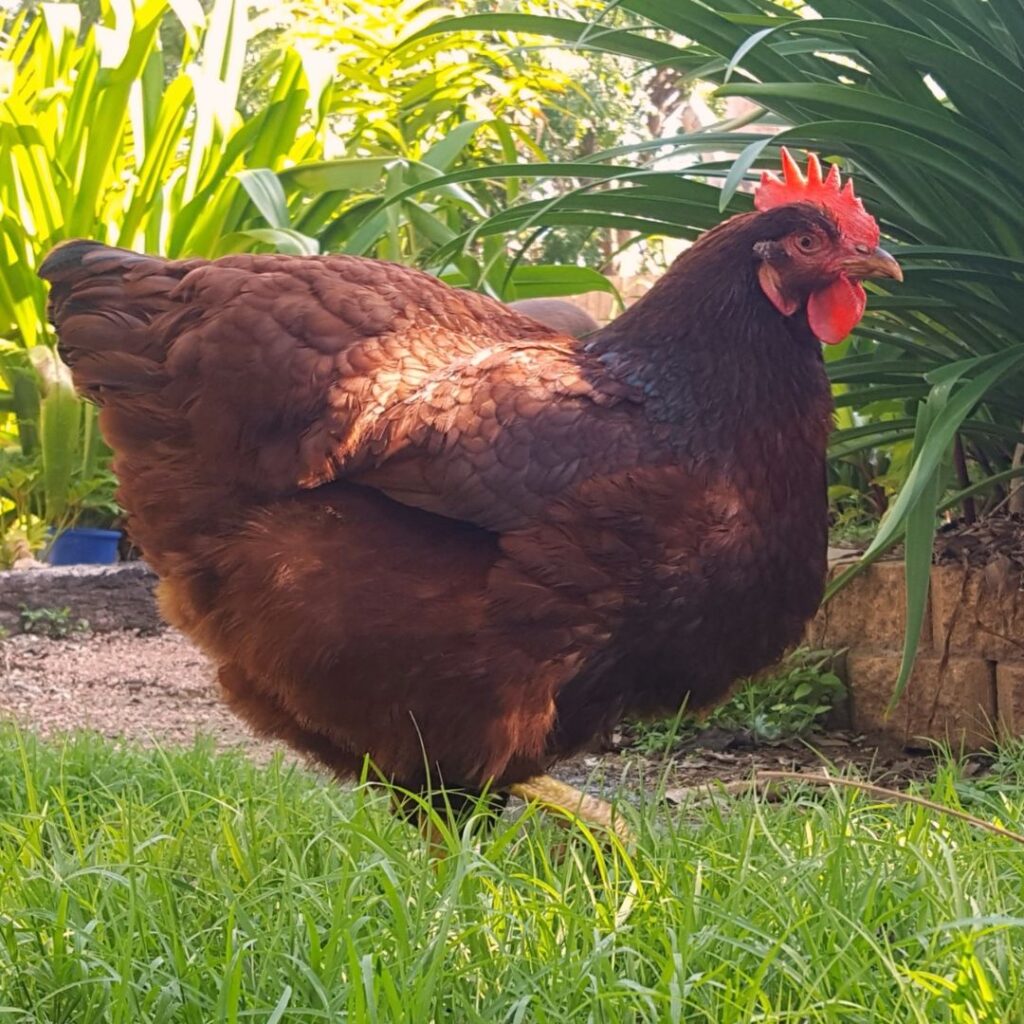
Summary
The Rhode Island Red is an excellent choice for anyone looking for a chicken that is easy to care for and produces a large number of eggs. This breed is also a good choice for meat.
These chickens are both cold hardy and heat tolerant. Keep your Rhode Island Red healthy by keeping its living area clean and free of debris. Make sure that your chicken has access to fresh, clean water at all times. Feed your chicken once a day with a diet that consists mostly of grains, greens, and insects.
This breed is the top pick for new chicken keepers, hobby farmers as well as commercial farms across the U.S.
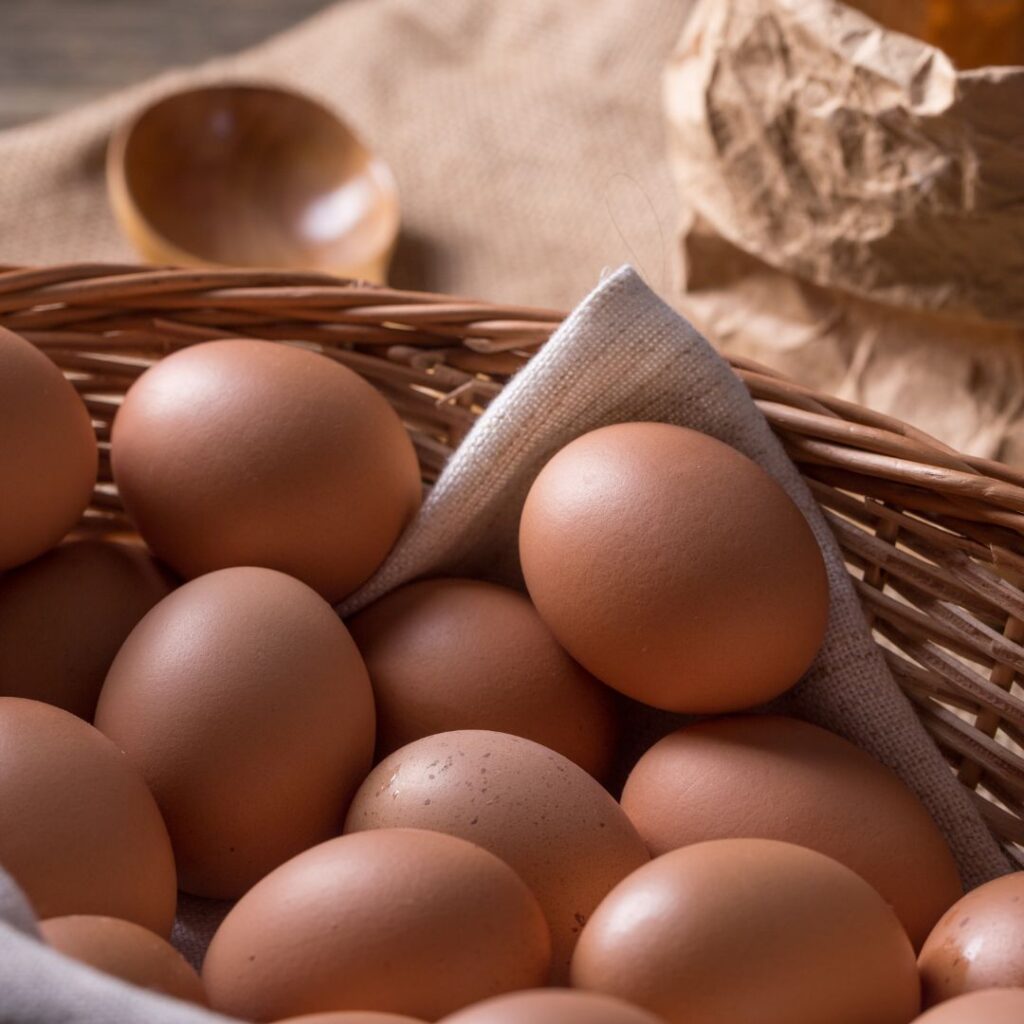
Reasons why you should own a Rhode Island Red chicken:
Laying Eggs – The Rhode Island Red hen is known for their high egg production. One hen can lay up to 280 eggs per year.
Meat – If you are looking for a chicken breed that can be used for meat production, the Rhode Island Red is a good choice. They have a high yield of meat and their carcasses are plump and juicy.
Dual Purpose – They are considered a dual-purpose chicken breed, meaning they can be used for both egg and meat production. This makes them a versatile breed that can be used in many different ways.
Adaptable – Rhode Island Reds are known for being adaptable to different environments and climates. They can withstand cold winters and hot summers, making them a good choice for those who live in changing climates.
Friendly – Rhode Island Reds are generally a friendly chicken breed. They are not as skittish as some other chicken breeds and are known to be good around children.
Calm – The Rhode Island Red is considered a calm chicken breed. This makes them less likely to startle easily and makes them easier to handle than some other chicken breeds.
Good Foragers – Rhode Island Reds are known for being good foragers. This means they will help you save money on feed by finding their own food.
Low Maintenance – The Rhode Island Red is considered a low-maintenance chicken breed. This means they are easy to care for and do not require a lot of special attention. If you want to own chickens, this is definitely one breed you want to have in your flock.
Versatile – The Rhode Island Red is a versatile chicken breed that can be used in many different ways. They are good egg layers, and meat birds, and make great backyard chickens. This makes them a good choice for those who want a versatile chicken breed.
Rhode Island reds are perfect for helping you rid your garden and yard of unwanted insects including the dreaded tick

FAQ’s
Q: Do Rhode Island Reds get along with other chickens?
A: Yes, they generally get along with other chickens. They are a social breed of chicken and do best when they are around other chickens.
Q: Do Rhode Island Reds like to be handled?
A: Yes, Rhode Island Reds generally are o.k. being patted, hand fed, and even held. They are a social breed of chicken. However, roosters can be territorial an this could lead to aggression. .
Q: What do Rhode Island Reds eat?
A: These chickens eat a variety of things, but they should have a diet that consists mostly of grains, greens, and insects.
Q: How often should I feed my Rhode Island Reds?
A: You should feed your flock at least once a day.
Q: What is the best way to store Rhode Island Red eggs?
A: The best way to store eggs is in a cool, dry place. You can also refrigerate them if you prefer.
Q: How many eggs does a Rhode Island Red Hen lay in a week?
A: These are powerhouse egg-producing birds. You can expect to see about 4-6 eggs a week per bird.
Q: How long do Rhode Island Red eggs last?
A: Eggs will last for about two weeks if they are stored properly.
Q: Do Rhode Island Reds need a lot of exercise?
A: Yes, they need a fair amount. They are an active breed of chicken and should have plenty of space to roam and explore.
Q: Are Rhode Island Reds noisy?
A: Yes, they can be quite noisy. They are known for their loud crowing.
Q: What color eggs do Rhode Island Reds lay?
A: The hens lay large brown eggs.
Q: How big do Rhode Island Reds get?
A: Red rooster can weigh up to eight pounds, while hens can weigh up to six pounds.
Q: What is the life expectancy of a Rhode Island Red chicken?
A: The life expectancy is about seven years.
Q: Are Rhode Island Whites the Same as Reds?
A: They are a different breed that was also originally from the state of Rhode Island. However, they are very similar in egg production, egg color, and hardiness. The most notable difference being their feathers are white. These also make a great addition to your backyard flock.
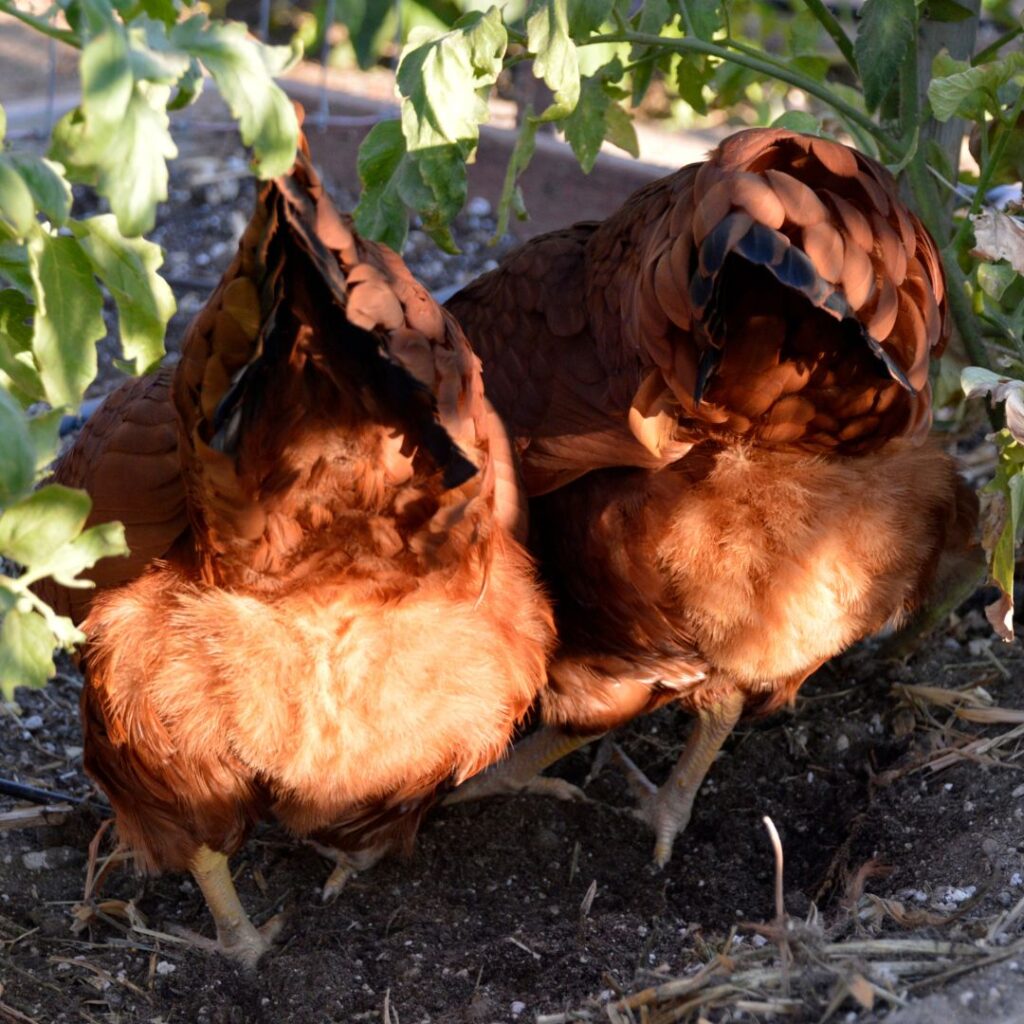

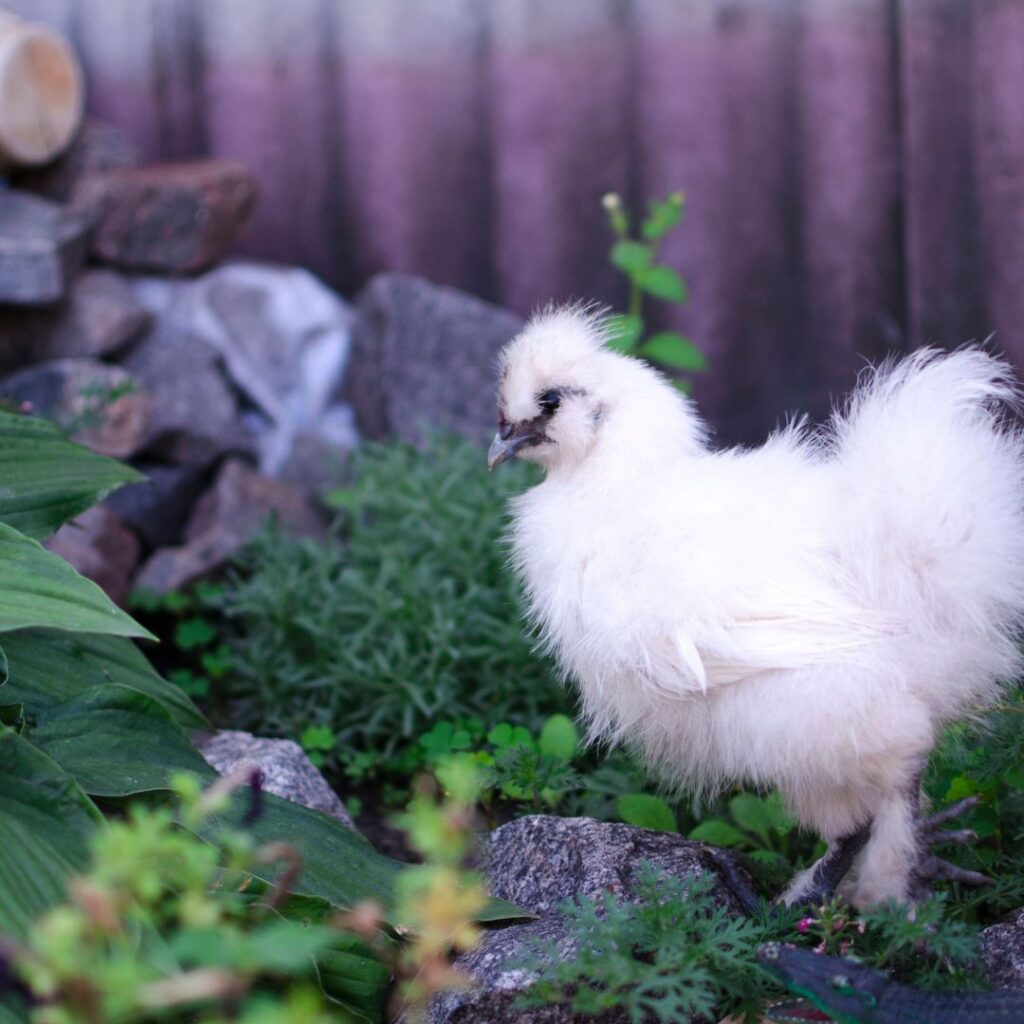
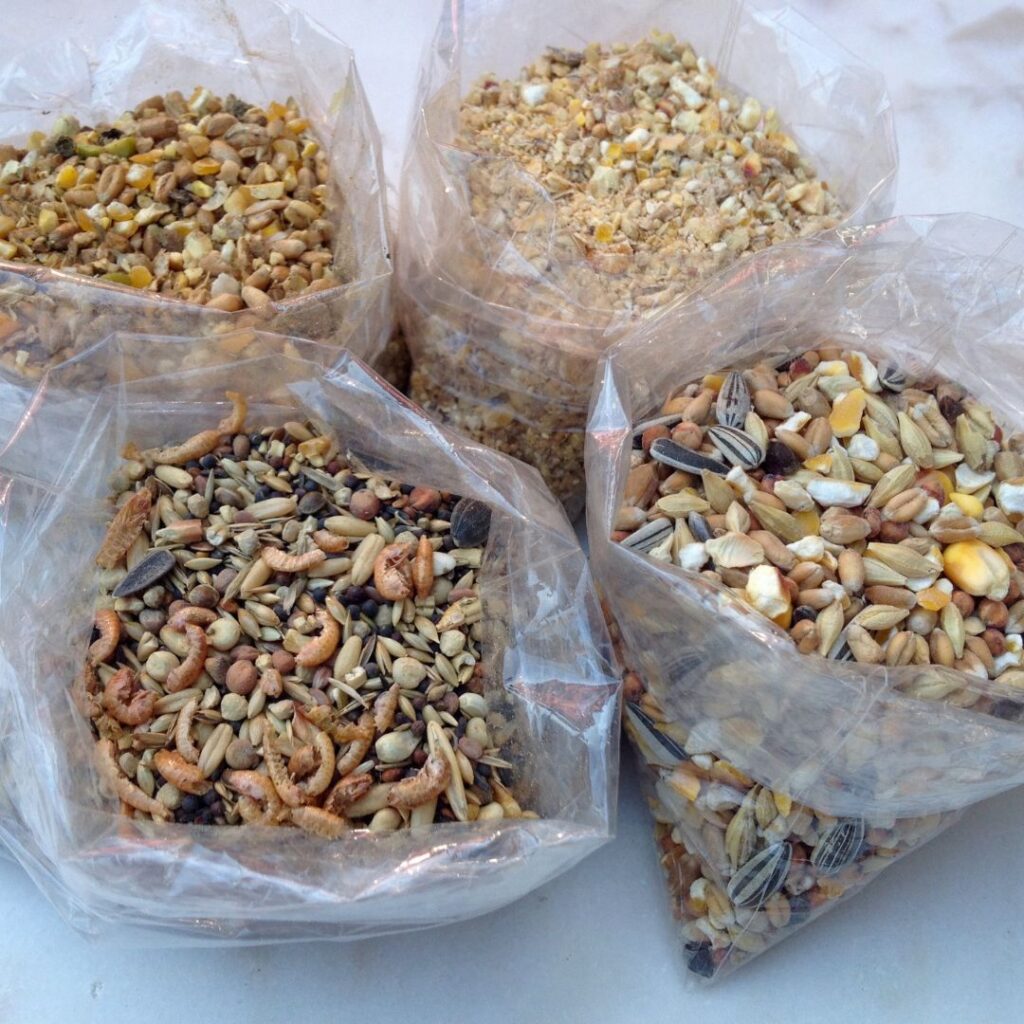

Pingback: 18 Cold Hardy Chicken Breeds For Harsh Winters - Gilmore's
Pingback: How Many Eggs Do Chickens Lay? This May Surprise You! - Gilmore's
Pingback: Raising Backyard Chickens; Tips For Beginners - Gilmore's
Pingback: Leghorn Chickens: What To Know Before Buying One - Gilmore's
Pingback: Araucana Chickens: Unique Chicken Lays Blue Eggs - Gilmore's